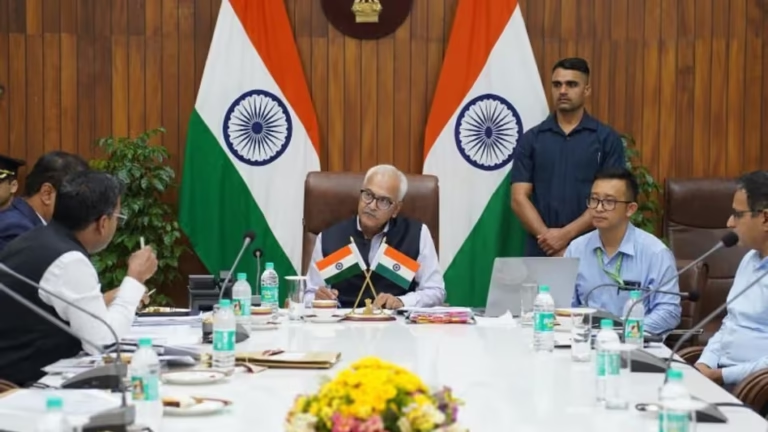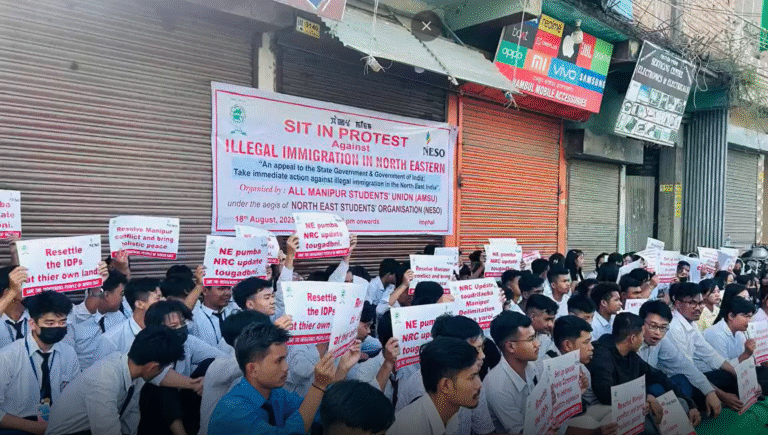Manipur BJP Keeps Cards Close: What ‘Tight-Lipped’ Means Ahead of PM Modi’s Visit
Speculation is swirling in Manipur as Prime Minister Narendra Modi is widely reported to be likely to visit the state around September 13, 2025. Local BJP leaders and state party offices are publicly keeping quiet about possible political changes or announcements tied to the visit, even as the Governor and administration hold preparatory meetings. Meanwhile, community groups — especially Kuki-Zo bodies — have given mixed responses: some welcome the visit but call for sensitivity and tangible relief for displaced people. Media outlets are reporting the likely visit, the cautious official tone, and a charged local atmosphere.
What reporters are seeing on the ground: the basic facts
Here’s the neatly packaged version of what multiple outlets are reporting:
- Major national and regional outlets suggest that PM Modi is likely to visit Manipur around September 13, 2025 — the itinerary hasn’t been formally published but preparations are visible.
- The state BJP and many local leaders are publicly tight-lipped about any political realignments or announcements tied to the visit; instead, official messaging emphasizes logistics and security.
- The Governor and state administration have been convening meetings with MLAs and district officials to prepare for the Prime Minister’s likely visit. These meetings are being watched closely for signs of outreach or political messaging.
- Kuki-Zo community bodies and other local organizations have reacted with a mixture of welcome and caution — some see the visit as historic and hopeful, while others insist that the visit must prioritize displaced people and avoid celebratory pageantry.
FAQs
Q1: Is the Prime Minister definitely visiting Manipur on September 13, 2025?
A1: Multiple media outlets report that a visit is likely around September 13, but official confirmation of the full itinerary and schedule was still pending at the time of reporting. Watch for a formal government announcement for exact dates and venues.
Q2: Why is the BJP not commenting publicly about political changes?
A2: Parties often hold comments to avoid creating premature expectations, to keep security risks low, and to manage political optics across diverse communities. Silence can be tactical — but it becomes problematic if it’s not followed by clear, concrete action once the visit happens.
Q3: What are Kuki-Zo groups asking for ahead of the visit?
A3: While some Kuki-Zo organizations welcome the visit as a rare national spotlight, many emphasize that the visit should prioritize displaced people and tangible relief rather than cultural pageantry. Some have even asked to skip celebratory events in favor of solemn engagement with victims.
Q4: Could the visit trigger protests or unrest?
A4: Any high-profile visit in a fragile context carries risk. Authorities try to minimize this through advance coordination, security measures, and inclusive programming. The risk depends on how the visit’s program is perceived locally — as constructive outreach or as a partisan spectacle.
Q5: How will we know if the visit made a real difference?
A5: Look for time-bound announcements (cash disbursal schedules, housing contracts), transparent beneficiary lists, independent monitoring, and visible follow-up actions (task forces, audits, implementation reports). These indicate the visit moved from optics to outcomes.



